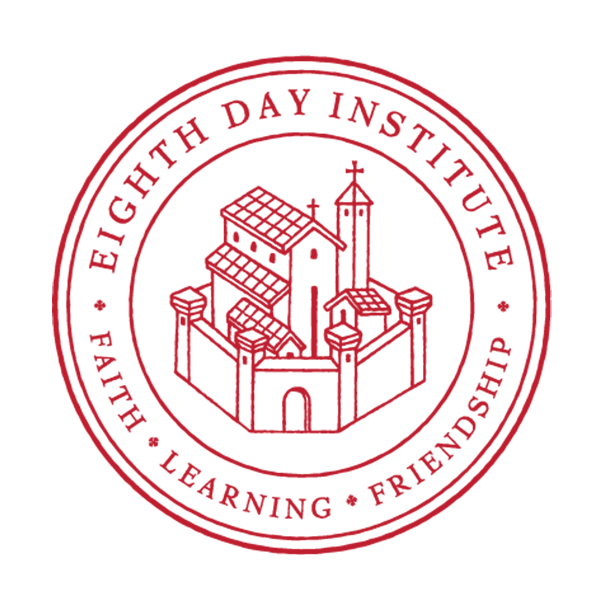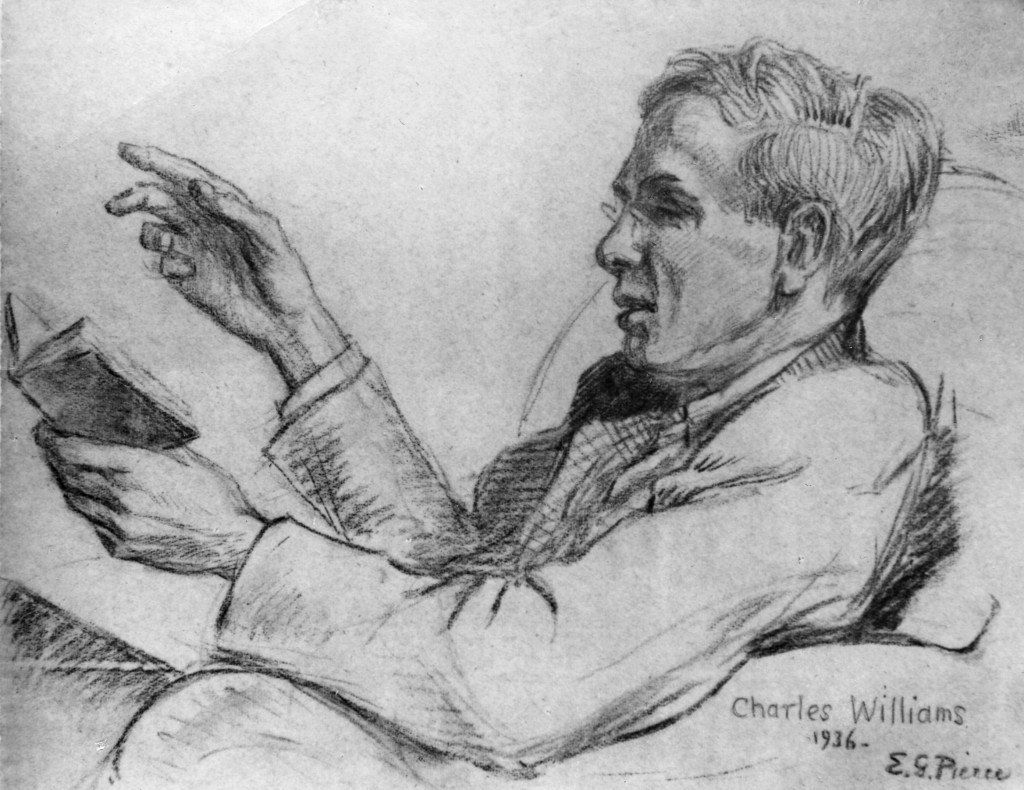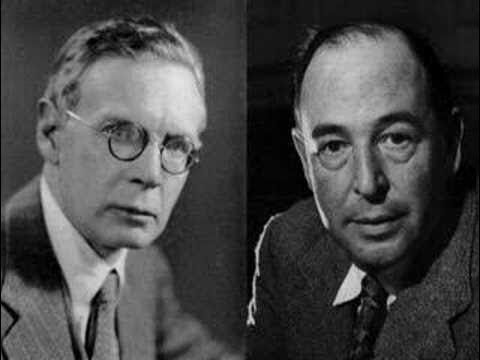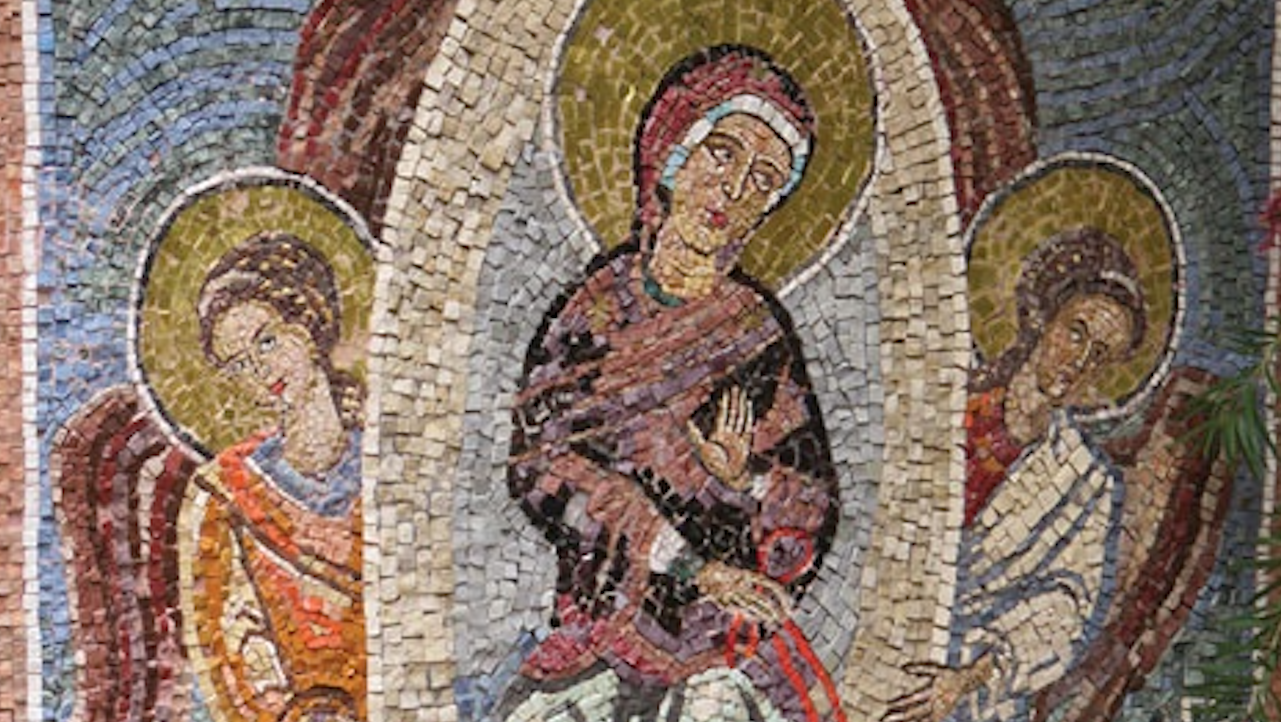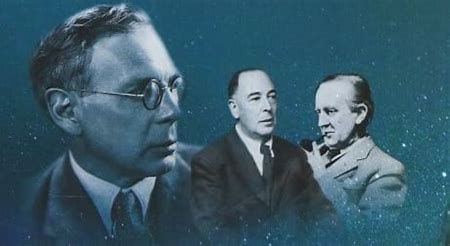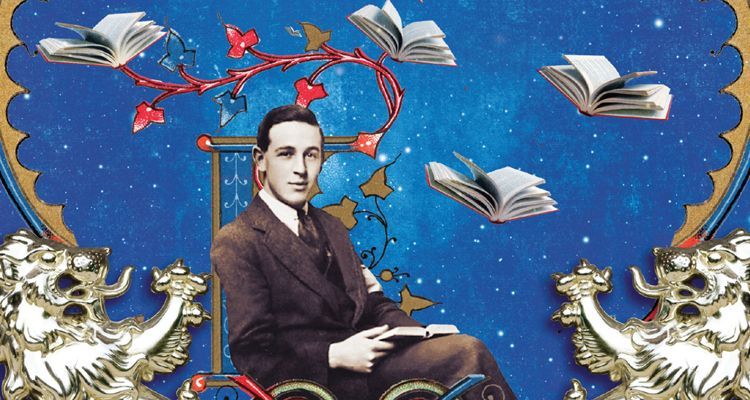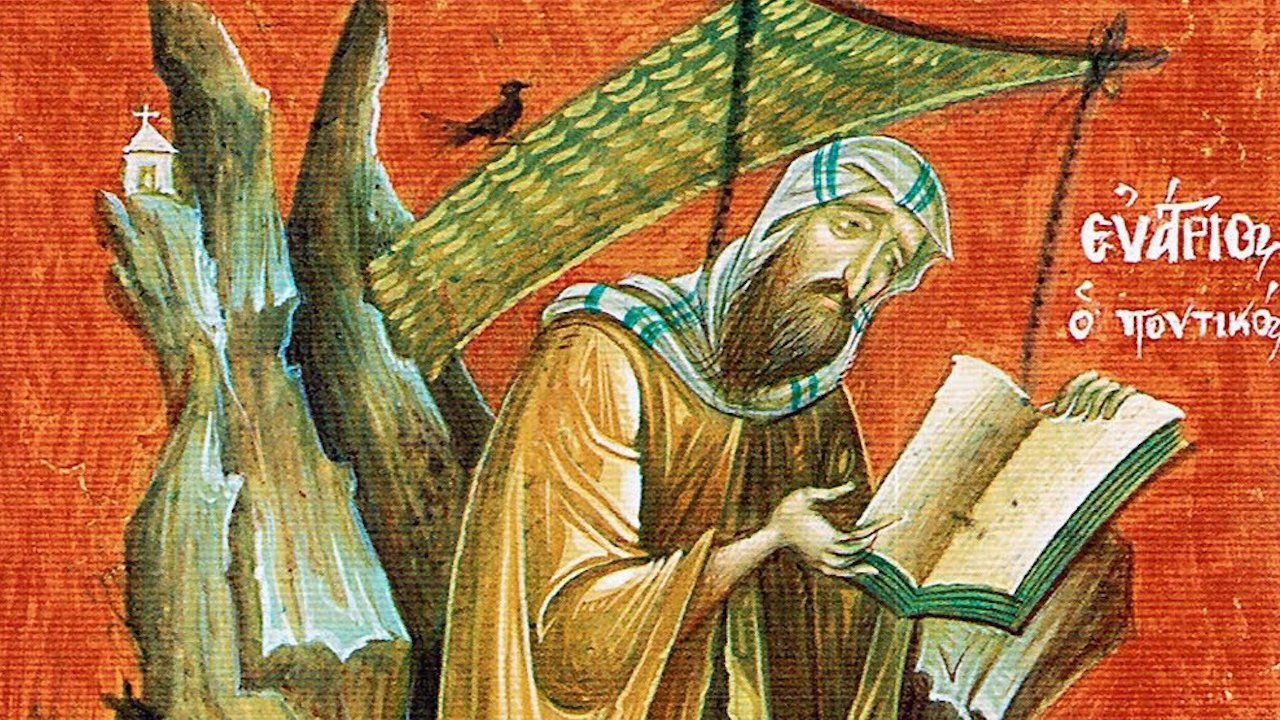Assumption of the Blessed Virgin Mary: Bodily Faith
by Hans Urs von Balthasar
Feast of the Dormition of our Most Holy Lady the Theotokos and Ever Virgin Mary
Anno Domini 2023, August 15
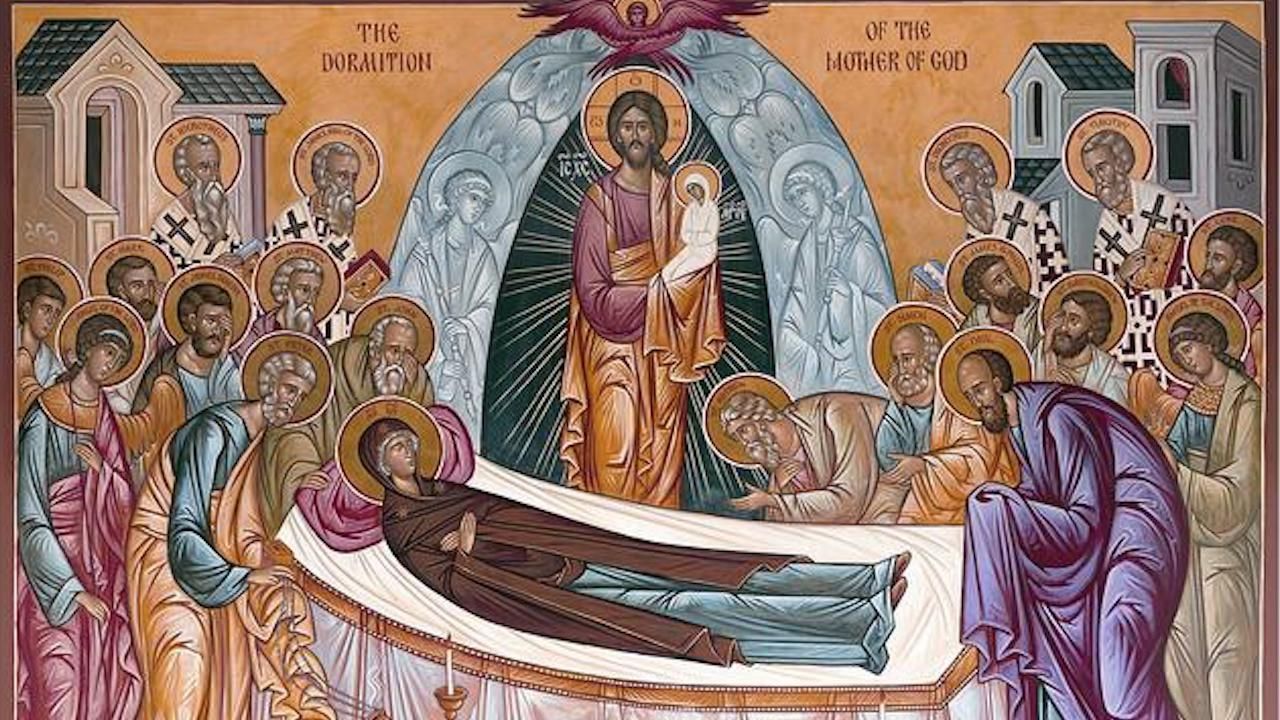
HOW STRANGE it all seems to us! We know nothing of the way the cosmos, of which our earth is a part, is related to a heaven that occupies no localized position. Is not God everywhere? Does He need a special throne room as well, somewhere beyond the stars? We wonder why it is important to attribute such an improbable privilege to the Mother of Jesus, to assert that her body does not belong to the dust from which it was made, like everyone else’s, but—as the old legends depict it—is supposed to have disappeared from its grave, to the amazement of the assembled disciples, leaving roses blooming on the sarcophagus.
Let us press the point: we may be believing Christians, but we hardly know anything about the relationship between death and resurrection. It is a brutal fact that we have before us a dead body, and it must go into the earth or into the fire. Another fact, an uplifting one, is that the Christian lives in the hope of being kept safe in God’s hands after his death; but how, in concrete terms, can we envisage this? From time to time, throughout the Church’s history, people have felt that man—at least the holy man, the man who has lived for God, body and soul—will be brought, whole and entire, into an intimate closeness to God. See, for instance, Giotto’s wonderful painting of the bodily assumption of John, the “beloved disciple.” Then there is that mysterious passage in Matthew 27 concerning the “bodies of the saints who had fallen asleep,” whose graves open on Good Friday and who appear together with Jesus after His Resurrection; the majority of theologians consider it probable that they too were “assumed into heaven.” But what a dark, opaque realm we are getting into! Would not the Church do better to concentrate on the brightly lit center of the Faith and leave this peripheral twilight zone to look after itself?
The question is, however, does not this ancient Christian feast, Mary’s Assumption, belong to the center of the Faith after all? And this applies to the other great Marian feasts too: her conception, her reception of God’s seed (March 25), her motherhood (January 1) and, so that she may be capable of this, her preservation from every stain of sin (December 8). If we are to see this, we must rid ourselves of any prejudice and repugnance we may have toward the “cult of Mary” and try to understand what is really at stake.
Let us try to approach the question from the point of view of the Bible. God’s Covenants in the Old Testament with Abraham, with the patriarchs and with the people of Israel are the basis of all hope for salvation within world history. God binds Himself in an ever-new and ever-closer way to the humanity He has created. Man, originally fashioned out of the clay of the earth but endowed with the breath of God’s own freedom, has always existed in a twofold relationship, to what is below him and what is above him. God binds Himself to man with the aim of forming something indivisible and unique in collaboration with him; namely, He intends to implant His eternal, divine Word in this mortal flesh and so enable this flesh to participate in His own life. Ancient Israel lives in hope and faith, looking toward this point, this messianic point in history. Israel knows well enough—and is made to feel it more and more—how little it responds to God’s plan and expectation, how little it acts as an apt receptacle for the word of God, this word that is always hovering above its head, whether as a promise or as a threat. All the same there grows among the people a movement of penitent humility on the part of “Yahweh’s poor,” hollowing out a vacant space to serve as a receptive womb for the fruitfulness that will come from above. Sarah, the mother of Samson, Hannah, Elizabeth—all these barren women who are given children by God’s grace alone are anticipatory images of what we know as the Incarnation, in Mary, of the Word and Son of God: this is the destination and consummation of the Old Testament development.
Mary, a young girl in an insignificant provincial town, becomes a representative personality. She stands for all the elements that, albeit imperfectly, yearned for the descent of the Word of God among men. Exegetes assure us that the Woman of the Apocalypse, clothed with the sun and with the moon under her feet, encircled by twelve stars and crying out in childbirth, is the epitome of the earthly community of salvation, which, in pains, awaits the Messiah and will actually give birth to Him. This bodily birth, however, will naturally take place through a concrete person, a person in whom the ready obedience and hope of the ancient faith has taken pure and perfect shape but who also sums up and embodies all this world’s longing and expectation. Moreover, the Woman of the Apocalypse, whose child is “caught up to God,” is given a place (in the face of the opposition of the enemy, the dragon) in the earthly desert; the vision goes on to speak of “the rest of her offspring,” those who “bear testimony to Jesus” and whose task is to fight against the demonic powers. This makes it quite clear that the ancient community of salvation, from which the Messiah has come forth, has been transformed into a new community of salvation, the Church. Mary stands as the tangible, personal embodiment of all the energies of salvation history; she stands in an integrating, intermediate position between Israel and the Church; she is, in person, the bodily fruitfulness of the entire people of God.
But now we must go on to understand that the central event of the “Incarnation of the Word of God” could only take place when, at some point or other, the faith, hope and love of the people of God had become so unconditional that there was no longer anything in the receptive womb that would resist the implanting of the divine seed. “Behold, I am the handmaid of the Lord”—here we see a readiness, a receptivity that is totally unreserved: body, soul and spirit are utterly open, “openings” to God. Here the essential thing is that the body is involved; that the Handmaid’s consent echoes right through her, down to the lowliest and most unconscious fibers of her being; her whole self, in its materiality, from its lowest level upward, makes itself a womb for the Wholly Other, for God’s self-utterance (and hence His “substance”). Never before had this substance taken up its abode within the straitened dimensions of a mortal body.
(The Gospels are our guarantees that this really took place. This man alone, who came from Mary’s womb, “made God known” [Jn. 1:18]. He alone has enabled us to see God through His transparent humanity and has shown us how almighty and how humble, how lofty and how lowly, how just and how loving God is. In His existence—right up to and including the Cross and the Resurrection—He has taken all the irreconcilable images of God that are scattered about in man’s mind and brought them into a unity, a stupendous unity that has fascinated and baffled the world for two thousand years because it will not fit into any of its categories.)
The wonder of this man, however, should not make us overlook the uniqueness of the womb in which a divine-human unity took shape. The intimate relationship between a mother’s whole being and her child is much more profound than former centuries thought. From the mother within whom it grows, the child receives physical, psychic and spiritual being, inseparably interwoven. In Mary’s case, her Son receives from her all that is man’s response, in faith, love and hope, to the Covenant God. So, from the very outset, this receptive womb must be completely oriented to furnishing the Son of God with everything the Covenant requires, so that He, the Son, can become a bodily unity embodying the Covenant.
Jewish thought constituted a preparation for the Incarnation insofar as (unlike Greek thought) it always saw man as a unity of body and soul; it never pursued a one-sidedly spiritualized ascetical ideal or envisaged an immortality of the soul apart from the body. This mode of thought, which is not only biblical but does justice to the nature of man as he is, facilitates our approach to this most mysterious union between God and man that took place in the womb of the Virgin Mary. This human womb was exclusively prepared to allow God’s seed to develop in it without any hindrance; it was like a subterranean mine whence the Son of God could draw all He needed to equip Himself fully as a God-bearing man.
What, therefore, is the Church celebrating today? That a simple human body, inseparably united to its soul, is capable of being the perfect response to God’s challenge and of uttering the unreserved “Yes” to His request. It is a single body—for everything in Christianity is always personal, concrete, particular—but at the same time it is a body that recapitulates all the faith and hope of Israel and of all men on earth. Consequently, when it is taken up into ultimate salvation, it contains the firm promise of salvation for all flesh that yearns for redemption. For all our bodies long to participate in our ultimate salvation by God: we do not want to appear before God as naked souls, “not that we would be unclothed, but that we would be further clothed, so that what is mortal may be swallowed up by life” (2 Cor. 5:4); and God, who caused bodies to die, “subjecting creation to futility,” has subjected it “in hope” that it “will set free from its bondage to decay and obtain the glorious liberty of the children of God” (Rom. 8:20f.). So we are celebrating a feast of hope; but, like all the New Testament feasts, it is celebrated on the basis of a fulfillment that has already taken place; that is, not only has the Son of God been resurrected bodily—which, in view of His life and death, is quite natural—but also has the body that made Him man, the earthly realm that proved ready to receive God and that remains inseparable from Christ’s body. Today we see that this earth was capable of carrying and bringing to birth the infinite fruit that had been implanted in her. Today we celebrate the ultimate affirmation and confirmation of the earth.
Contemplating the center of the mystery we are celebrating, we would do well to refrain from speculating about questions that are insoluble; for these speculations lead to abstract regions with no way out. By contrast, if we look at Mary, the towering central point between Israel and the Church, our gaze rests on something utterly concrete; we see our Sister who succeeded in doing for us what, in virtue of her example, we must attempt to emulate, namely, to allow God’s Word to dwell in us bodily. Furthermore, He will never leave the house that has once given Him shelter. Whatever Jesus received from Mary—not only a body, but also the whole power, the whole tradition of the earthly response to God’s word—He incorporates into His divine-human nature, the indissoluble nuptial relationship between God and His world. The Son’s most profound attitude is that of owing Himself to the Father, in a word, Eucharist. All His love for the eternal Father is gratitude that, in its overflowing, brings back to the Father everything the latter has created, now redeemed and transformed. And all His love for His earthly Mother is manifested in giving and showing her what, in God’s plan, she always was: the first creature envisaged in connection with God’s becoming man, worthy to be the first to experience perfect transfiguration in God. She is the model for all men kept safe under her bright mantle.
*From Hans Urs von Balthasar, You Crown the Year with Your Goodness: Sermons through the Liturgical Year, trans. Graham Harrison (San Francisco, CA: Ignatius Press, 1989), pp. 186-191. Available for purchase at Eighth Day Books.
Contribute to Cultural Renewal by Sharing on Your Preferred Platform
In an isolating secularized culture where the Church's voice is muffled through her many divisions, Christians need all the help they can get to strengthen their faith in God and love toward their neighbor. Eighth Day Institute offers hope to all Christians through our adherence to the Nicene faith, our ecumenical dialogues of love and truth, and our many events and publications to strengthen faith, grow in wisdom, and foster Christian friendships of love. Will you join us in our efforts to renew soul & city? Donate today and join the community of Eighth Day Members who are working together to renew culture through faith & learning.
